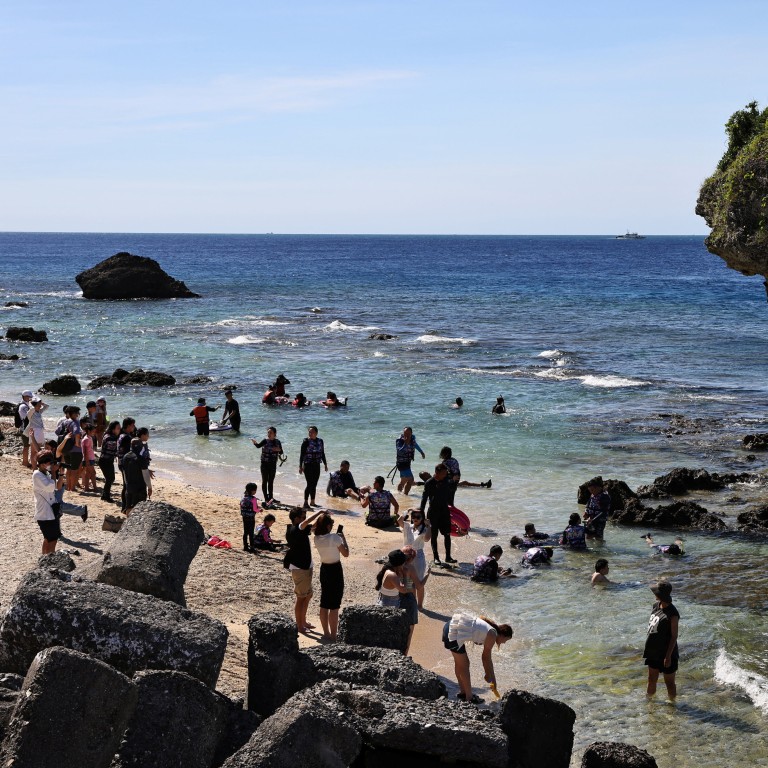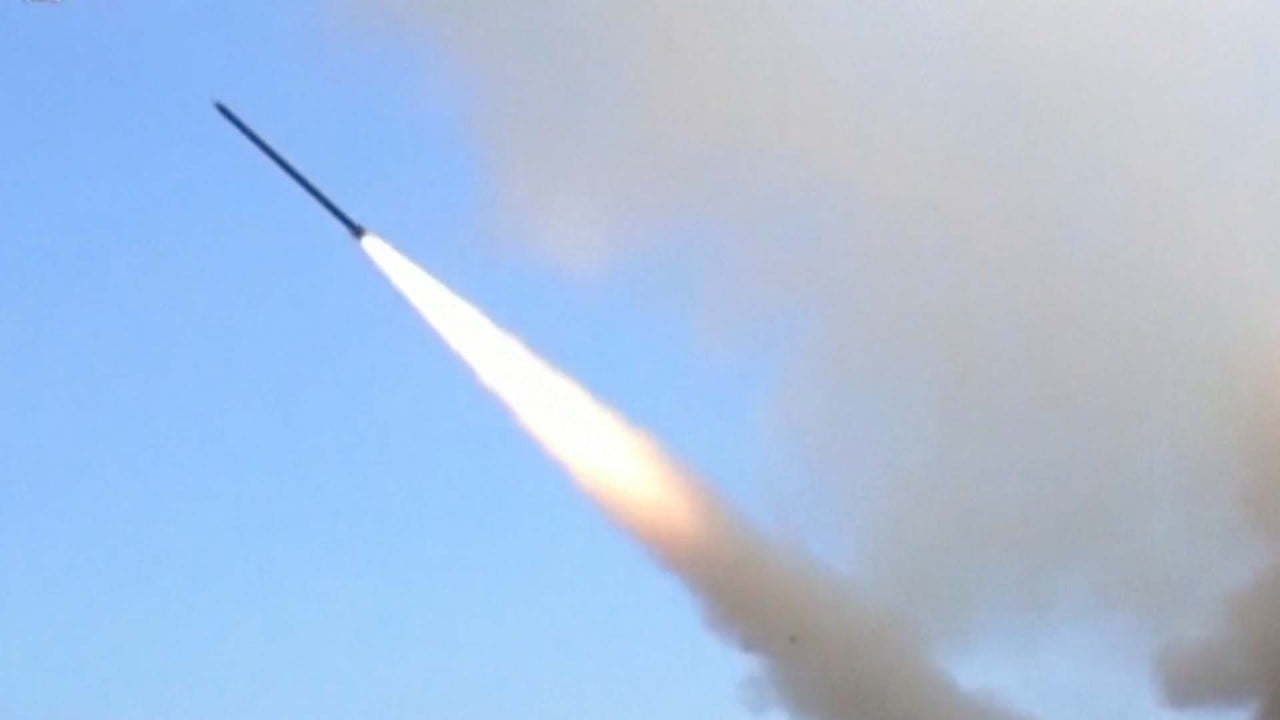
Taiwan residents take Chinese military’s mega live-fire drills in stride
- The Chinese military is carrying out three days of large-scale, live-fire drills around Taiwan after Pelosi visit
- ‘Who cares’, says one social media user, adding if the PLA wanted to really attack, it would not resort to staging drills
Shortly after Pelosi left Taiwan following an unannounced overnight stay during an official four-nation Asia tour, the PLA announced three days of large-scale, live-fire drills in six areas around Taiwan until Sunday noon.
Beijing had repeatedly warned against such a trip by Pelosi – the second in line to the US presidency – and has reacted strongly against the “provocation”.
The US does not recognise Taiwan as a sovereign state and acknowledges the one-China principle, but it opposes any attempt to take the island by force.
Yang, who was visiting the packed Taiwan Food Show with his girlfriend, also sees an upside to the trade embargoes slapped on Taipei.
Asked whether he was worried about economic retaliation from Beijing, Yang pointed to his shopping. “See what I just brought? They are fried grouper slices. [Chinese authorities] banned our groupers last month and thanks to this, I can afford to gulp it down,” he said, referring to hopes a glut of supplies in Taiwan would bring down the price.
Elsewhere in Quemoy, a Taiwan-controlled islet also known as Kinmen just 3.2km (2 miles) from the mainland city of Xiamen, residents were also unfazed despite repeated flyovers three nights in a row by PLA drones aiming to intimidate.
“I am more concerned about the rising house price which has rocketed more than three times in Quemoy in the past 20-odd years,” said a 44-year-old resident who identified himself as Young.
Compared with the 1996 Taiwan Strait crisis, the wargames staged by the PLA this time around were “not that intimidating”, Yang said.
“Back then, there were roaring sounds of warplanes and deafening cannon and missile fire landing on waters just kilometres away, and that was really nerve-ratlling. But this time it is pretty quiet, and I only found out from the papers that the PLA had flown drones in,” Young said.
Those exercises included lobbing ballistic missiles into waters close to the Taiwan-held islets of Quemoy and Matsu, as well as Keelung in northern Taiwan and Kaohsiung in the south.
China warns US against rashly triggering ‘bigger crisis’ in Taiwan Strait
“Twenty-six years on, why are people here unfazed though the PLA wargames this time are larger in scale and simulating a tight blockade of Taiwan?” one social media user asked on a popular Taiwanese chat room.
During the 1996 crisis, the US sent a battle group to the Taiwan Strait, many rich people fled abroad and the entire island was fully prepared for war, with some officers even writing their wills, the user noted.
“Who cares about their exercises? If the PLA really wants to attack, they would have done that rather than staging exercises,” said another user, adding that Taiwanese nowadays are more concerned about their monthly income and better living standards.
Jang Ming-ruey, secretary-general of the Taiwan International Strategic Study Society, a Taipei-based think tank, also said the people had got used to the PLA staging military drills and no longer found them threatening.
Asked if the PLA drills would only intensify the anti-Beijing sentiment in Taiwan, and boost the ruling independence-leaning Democratic Progressive Party’s chances at November’s local government elections, Jang said this depended on whether Beijing would continue to use large-scale drills to threaten the island or this was just a one-off.
“The local government elections are still months away. They involve mainly local rather than national or political identity issues and it would be difficult for DPP candidates to use ideological issues to sway voters,” Jang said.
During the 1996 crisis, people strongly resented the PLA’s missile threats and eventually voted to reelect Lee as a sign of their support for him. The outcome surprised Beijing, which had thought it could use military intimidation to scare Taiwanese voters away from backing Lee.





